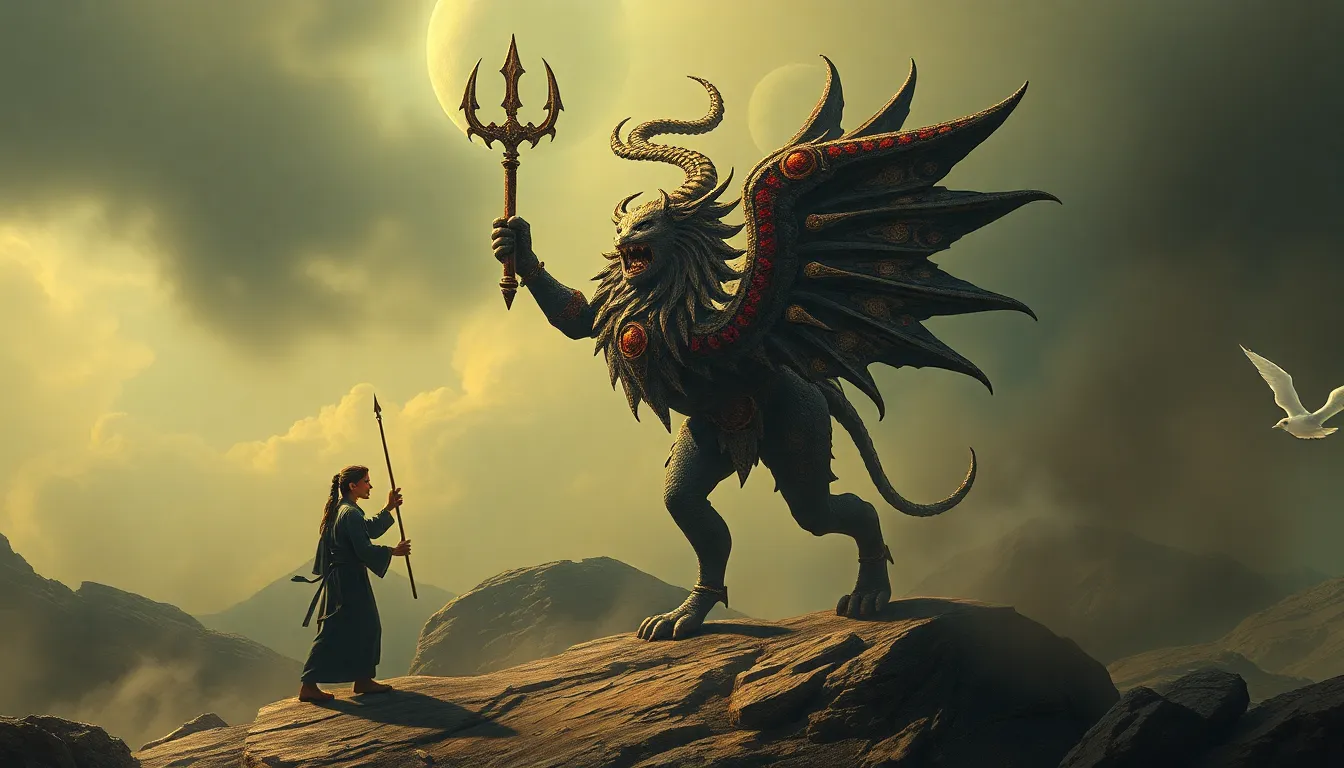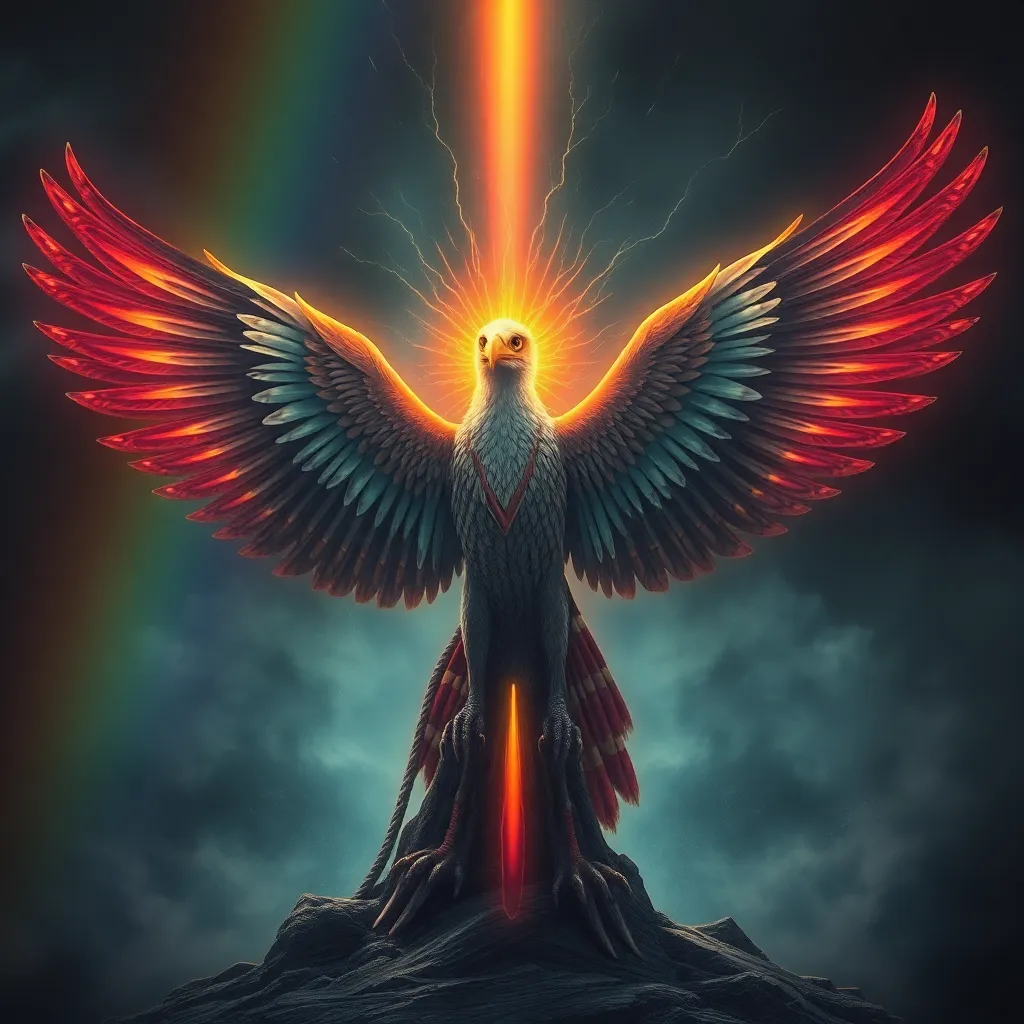Starry Myths: The Legends That Illuminate Our Understanding of the Cosmos
1. Introduction to Starry Myths
Starry myths are the rich tapestry of stories and legends woven around the celestial bodies that populate our night sky. These narratives, which have been passed down through generations, not only serve to entertain but also provide insights into the cultures that created them. They shape our understanding of the universe by offering explanations for celestial phenomena, instilling a sense of wonder, and revealing humanity’s age-old quest for meaning in the cosmos.
2. The Role of Mythology in Ancient Cultures
Mythology played a pivotal role in ancient cultures, serving as a means to explain the mysteries of the universe. Various civilizations, such as the Greeks, Egyptians, and Indigenous peoples around the world, developed their own mythologies to make sense of the stars and other celestial phenomena.
- Greek Mythology: Stories of gods, heroes, and mythical creatures were often linked to constellations and celestial events.
- Egyptian Mythology: The stars were seen as the souls of the departed, with significant figures like Osiris and Isis intricately connected to the cosmos.
- Indigenous Cultures: Many Indigenous peoples have their own constellations and star stories that reflect their relationship with the land and the universe.
Through these myths, ancient cultures were able to articulate their understanding of the cosmos, providing a framework within which they could contemplate their existence.
3. Constellations: Stories Written in the Stars
Constellations are patterns formed by groups of stars, and they often serve as the backdrop for various myths. Each constellation carries its own story, reflecting the values, beliefs, and history of the cultures that named them. Some of the major constellations include:
- Orion: Known as the Hunter, Orion’s myth involves themes of strength and rivalry.
- Andromeda: The story of a princess who was saved from a sea monster by the hero Perseus.
- Ursa Major: The Great Bear, which has various interpretations among different cultures.
The relationship between star patterns and storytelling is profound. As people gazed up at the night sky, they created narratives that helped them connect with the cosmos, using the stars as a framework to share their history and culture.
4. The Influence of Greek Mythology on Astronomy
Greek mythology has had a significant impact on the development of astronomy, with many constellations and celestial bodies being named after mythological figures. Key figures and myths include:
- Orion: The great hunter, often depicted with his bow and shield.
- Andromeda: Her story is intertwined with that of Perseus, representing themes of bravery and sacrifice.
- Hercules: Known for his strength and heroic deeds, his constellation can be seen in the night sky.
The transition from myth to scientific understanding in ancient Greece marked a significant shift in how humans perceived the universe. While mythology provided rich narratives, early astronomers began to observe and chart the movements of celestial bodies, laying the groundwork for modern astronomy.
5. Celestial Bodies and Their Mythological Significance
Celestial bodies, such as planets and stars, have held great significance in mythology across cultures. For instance:
- The Moon: Often seen as a feminine symbol, it plays a crucial role in various mythologies, such as being linked to the goddess Artemis in Greek mythology.
- Venus: Known as the Morning Star or Evening Star, Venus has been associated with love and beauty, linked to several deities like Aphrodite.
- The Sun: Revered in many cultures, it represents life and vitality, often embodied by sun gods such as Ra in Egyptian mythology.
Cultural variations abound in the interpretation of these celestial bodies, illustrating the diverse ways in which humanity has related to the cosmos.
6. The Intersection of Mythology and Early Astronomy
Mythological beliefs influenced early astronomical observations significantly. Ancient civilizations used myths to explain celestial events, such as eclipses and planetary movements. Furthermore, these beliefs played a crucial role in the development of calendars and navigational tools.
- Calendars: Many ancient cultures created calendars based on the lunar cycle or the positions of stars, which were informed by their myths.
- Navigation: Sailors often used the stars to navigate, relying on mythological stories to guide their journeys.
These intersections between mythology and early astronomy highlight how intertwined our understanding of the universe has been with storytelling.
7. Modern Interpretations of Starry Myths
Today, contemporary culture continues to draw on ancient myths, often reinterpreting them in light of new scientific discoveries. The impact of space exploration has sparked renewed interest in these stories, as humanity reaches further into the cosmos.
- Films and Literature: Many modern stories incorporate elements of ancient myths, blending science fiction with mythological themes.
- Art: Artists often explore celestial themes, using mythology as inspiration for their works.
As we explore space, the narratives of our ancestors remain relevant, providing a sense of continuity and connection to the past.
8. The Psychological and Cultural Impact of Starry Myths
The psychological importance of myths in understanding our place in the universe cannot be overstated. They offer a framework for exploring existential questions and provide comfort in the face of the unknown.
- Identity: Myths contribute to cultural identity, helping communities define their relationship with the cosmos.
- Connection: They foster a sense of connection to the universe, reminding us of our shared humanity.
In modern society, the preservation of starry myths remains crucial as we navigate an increasingly scientific world.
9. Future of Mythology in the Age of Science
As scientific knowledge continues to expand, the role of mythology may evolve. Predictions suggest that new myths will emerge in the context of space travel and discovery.
- Space Exploration: As we venture into new realms, myths may develop around new celestial bodies and phenomena.
- Technological Advancements: Innovations in space technology could inspire narratives that blend science and mythology.
These new myths may help humanity process and understand the complexities of our expanding universe.
10. Conclusion: Bridging Myth and Science
In summary, starry myths enrich our understanding of the cosmos, bridging the gap between ancient storytelling and modern scientific inquiry. They remind us of our place in the universe and the enduring value of storytelling in our pursuit of knowledge. As we continue to explore the stars, the legends of our ancestors will remain a guiding light in our quest for understanding.



